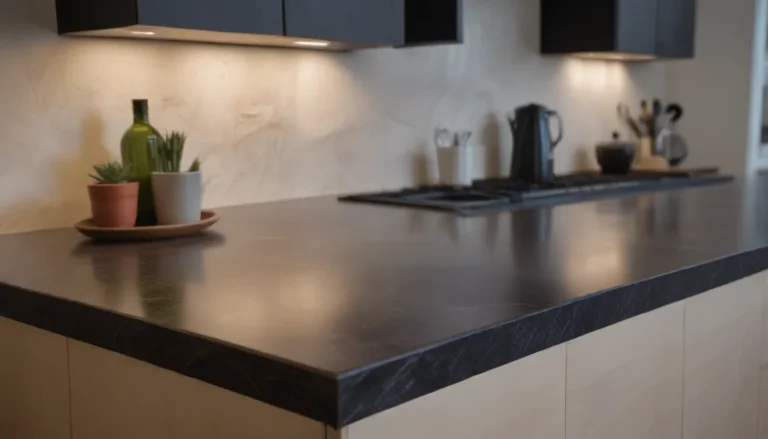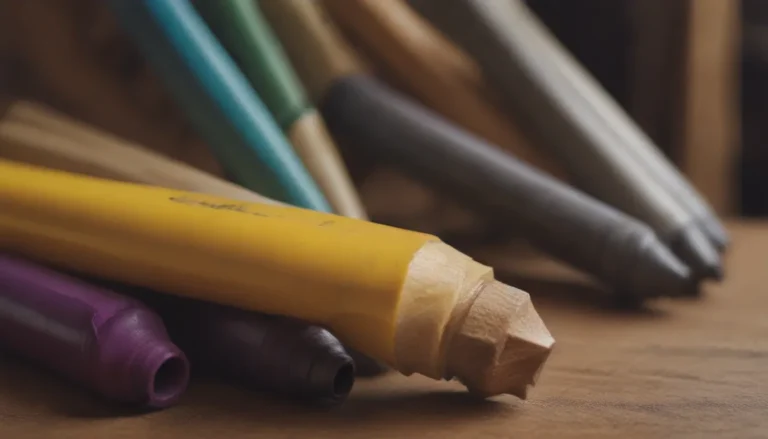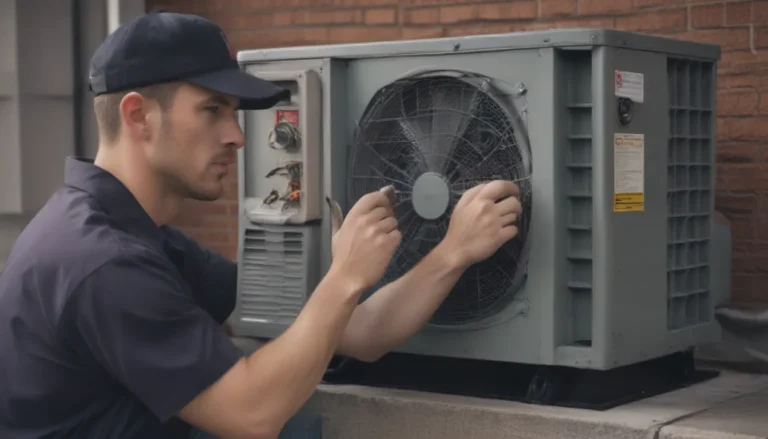Troubleshooting Your Washing Machine Drain Problems

Having a washing machine that isn’t draining properly can be a real headache. But fear not, as we are here to help you troubleshoot the issue and get your machine back up and running smoothly. Below, we’ll discuss the common causes of a washing machine not draining and provide you with some fixes to try on your own before calling in a professional.
Common Causes of Washing Machine Drain Issues
Before you start working on your washing machine, it’s important to understand what might be causing the drain problems. Here are some of the most common reasons why your washing machine may not be draining properly:
- Drain Hose Problems: A clogged drain hose can prevent water from being pumped out of the machine.
- Drain Pump Problems: If the pump is clogged or not working properly, it can cause draining issues.
- Drive Belt Problems: A broken or loose drive belt can prevent the machine from draining.
- Lid Switch Problems: A faulty lid switch can disrupt the draining process.
- Plumbing System Problems: Clogs in the plumbing system can also lead to draining issues.
Now, let’s dive into each of these issues and discuss how you can diagnose and fix them.
1. Drain Hose Problems
If you hear the pump operating but no water is leaving the machine, the issue may lie with the drain hose. Here’s what you can do to check and fix this problem:
- Remove the drain hose attached to the washer and make sure it is clear.
- Blow air through the hose to check for any obstructions.
- Replace the hose if it’s worn out or kinked.
2. Drain Pump Problems
If you can hear the pump operating but it sounds like it’s struggling, there might be something obstructing the pump mechanism. Follow these steps to address this issue:
- Shut off and drain the machine.
- Remove the washing machine panel to access the water pump.
- Clean the pump and filter screen to remove any debris.
- Check the impellers on the pump for obstructions.
- Reassemble the pump and test the machine.
3. Drive Belt Problems
A broken or loose drive belt can also cause drainage problems. Here’s how you can troubleshoot and fix this issue:
- Turn the machine over to examine the drive belt.
- Replace the belt if it’s broken or loose.
4. Lid Switch Problems
If the machine fails to drain correctly, the lid switch might be the culprit. Here’s what you can do to check and replace the lid switch:
- Press the switch by hand and listen for a clicking sound.
- Replace the switch if it’s faulty.
5. Plumbing System Problems
If water is pumping out of the machine but then spilling out of the drain stand tube, the issue is likely a clog in the plumbing system. Here’s how you can address this problem:
- Fill the washing machine with water.
- Turn the dial to the spin/drain setting and watch the drain standpipe.
- Use a drain snake to clear any clogs in the drain pipes.
Conclusion
Dealing with a washing machine that won’t drain can be frustrating, but with a bit of troubleshooting, you can often identify and fix the issue yourself. By following the steps outlined above, you can save yourself time and money on costly repairs. If you’re unable to fix the problem on your own, don’t hesitate to call in a professional repair person to help you out. Remember, proper maintenance and care of your washing machine can go a long way in preventing drainage issues in the future. Good luck!





